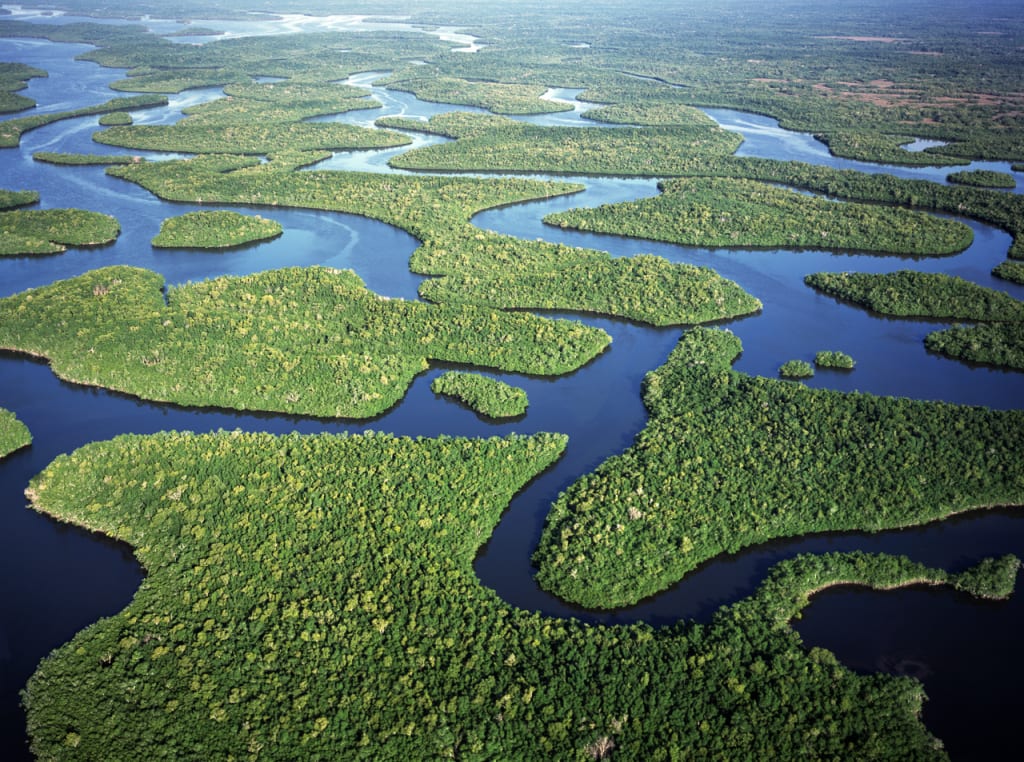Understanding the Everglades: South Florida’s Vital Water Source
The Source of Drinking Water in South Florida
Drinking water in South Florida is primarily sourced from the Everglades, a unique ecosystem of wetlands that has historically served as a natural filter for the water supply of millions. However, ongoing environmental changes have placed this crucial resource in jeopardy.
Challenges Facing the Everglades
In recent decades, the Everglades has faced numerous threats, including:
- Habitat Reduction: The Everglades has been reduced to half its original size due to human activities, such as the construction of canals and roads, which altered its natural water flow.
- Nutrient Pollution: Agricultural runoff, particularly from sugarcane farming, has introduced high levels of phosphorus into the ecosystem, leading to water quality concerns.
- Saltwater Intrusion: Rising sea levels are allowing saltwater to infiltrate both surface and groundwater supplies, further threatening the Everglades’ freshwater marshes.
The Importance of Wetlands
Wetlands are vital for filtering nutrients and pollutants from water. Healthy ecosystems help cleanse the water that replenishes the Biscayne Aquifer, which supplies drinking water to one in three Floridians. However, the degradation caused by pollution and invasive species has impaired this natural filtering ability, creating a cycle of environmental decline.
A Comprehensive Restoration Effort
In response to these challenges, the U.S. Congress enacted the Comprehensive Everglades Restoration Plan (CERP) in 2000, aimed at restoring the health of the ecosystem by:
- Reconnecting wetlands to natural water flows.
- Reducing phosphorus levels by recreating wetland areas.
- Reestablishing natural water depth to support native wildlife.
This large-scale project is making progress, with ongoing efforts to enhance the health of the Everglades and safeguard the drinking water supply. However, delays in implementing key components of the restoration plan persist.
The Rising Threat of Saltwater
Saltwater intrusion is an unforeseen challenge. As sea levels rise and demand for freshwater increases, saltwater has begun to encroach further inland. This intrusion can lead to the collapse of freshwater marshes and diminish their capacity to filter out harmful nutrients. For example, in the Fort Lauderdale area, saltwater has advanced approximately one mile inland since 2009.
Maintaining the ecological balance requires not only efforts to restore the wetlands but also increased availability of freshwater to counteract the saltwater intrusion.
Positive Developments and Future Outlook
Despite these challenges, there is a growing optimism among scientists and policymakers regarding the future of the Everglades. Collaborative projects, such as the Florida Coastal Everglades Long Term Ecological Research program, are essential for:
- Conducting ongoing research to monitor water quality and nutrient levels.
- Informing best practices for managing water resources to combat both phosphorus pollution and saltwater intrusion.
These initiatives highlight the community’s role in enhancing the Everglades’ health, with practical steps such as reducing water usage and supporting wetland rehabilitation.
Conclusion
The future of South Florida’s drinking water is inextricably linked to the health of the Everglades. Emphasizing conservation, rehabilitation, and collaborative efforts can ensure that this vital ecosystem continues to thrive for future generations. As environmental advocate Marjory Stoneman Douglas famously stated, “The Everglades is a test. If we pass it, we may get to keep the planet.”

